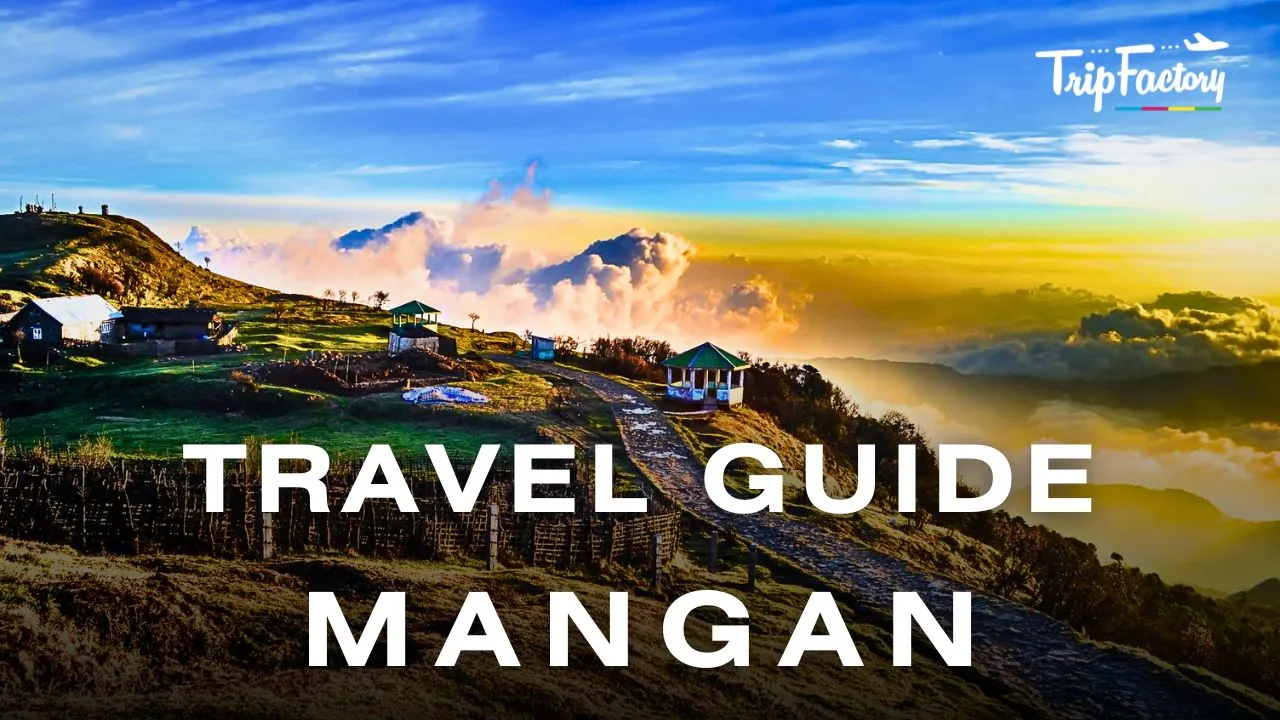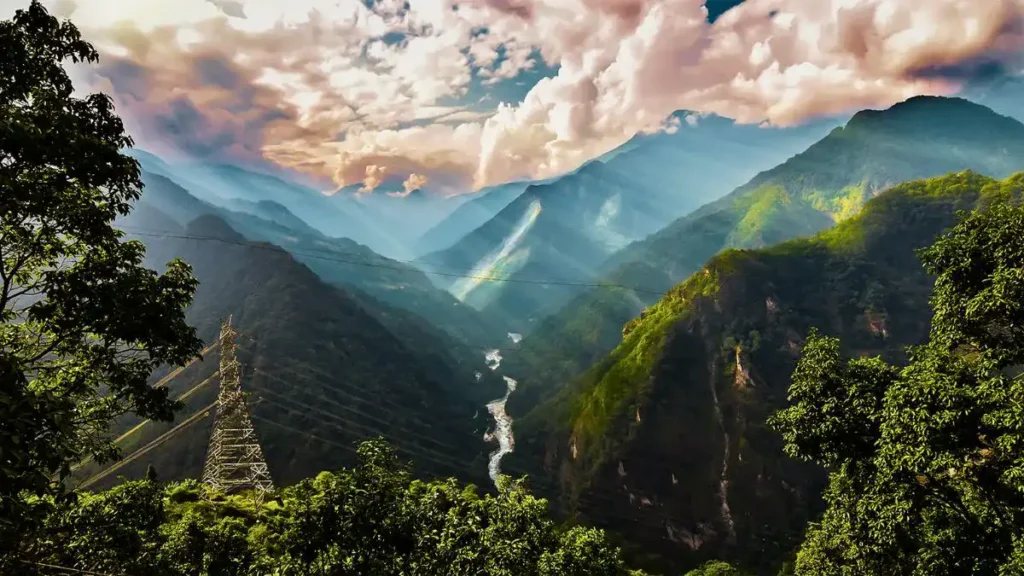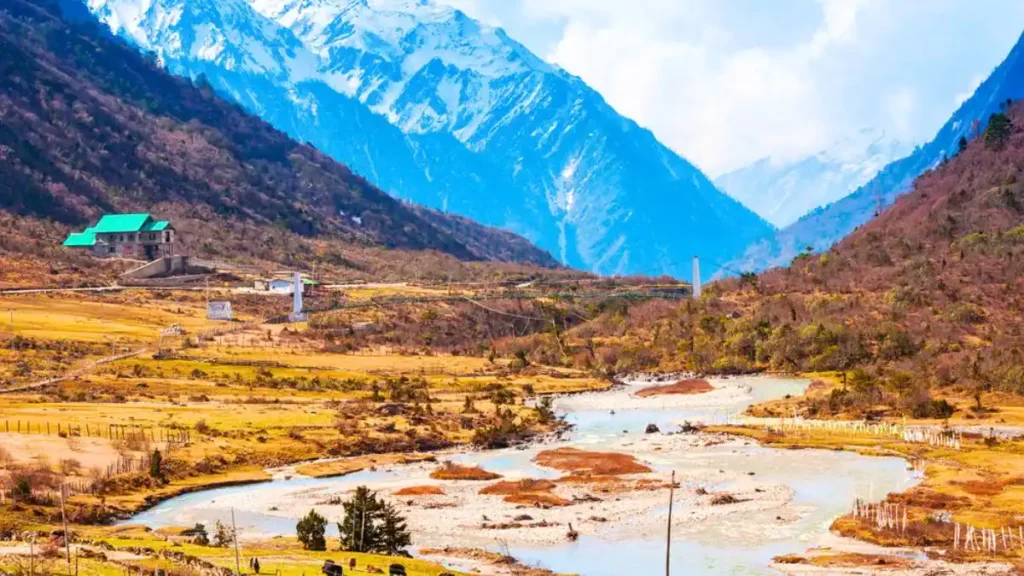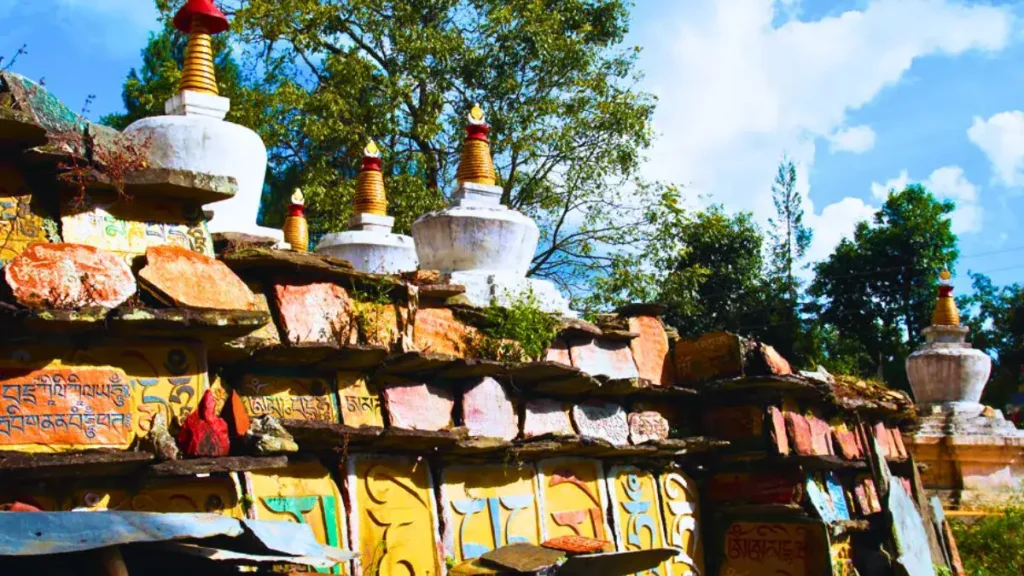Mangan, a small, rich town in North Sikkim, is like a treasure in the mountains. It’s the terace of North Sikkim with trails that call to daring hikers. People who love unusual spots and nature seek it out. Imagine going from Gangtok to Mangan on a metal road to a different world. Let nature’s beauty soak in rolling hills, forests, brooks, scattered homesteads. Need solitude? Find it here. Mangan offers a stellar chance to “get away”. Discover this place and its jaw dropping sights. Mangan, full of awe inspiring must see spots, will leave lasting memories.
Imagine a small, lovely town that almost feels magical. This place can capture anyone’s heart. It’s extra special for those who search for something beyond the ordinary. Bright colorful banners swing in the Buddhist vibes. You can hear chants echoing around. It’s a calm spot for chilling and pondering bigger things. Want to see the natural beauty of Sikkim? Then head to Mangan, a place truly unlike any other hidden wonder you might find.
Table of Contents
Places To Visit in Mangan
Mangan, located in the Eastern Himalayas, is a popular tourism destination in Sikkim, attracting vacationers, nature lovers, and spirituality seekers. The charming village offers scenic beauty and a deep Buddhist aura, with colorful prayer flags and chanting of mantras. It’s a perfect destination for relaxation and meditation, making it a must-see for North East India travelers.
The following locations are the best places to visit:
Labrang Monastery
The Labrang Monastery is an ancient structure with a captivating quality. Despite everything, this Buddhist shrine is extremely special because of its distinctive construction, which has white divisions and plated rooftops that combine Indian and Tibetan engineering styles. The famous Chaam Dance may be seen if you visit this attraction in early December. You may view the wall murals in the petition lobby of the Labrang Monastery.
The purpose of this must-see attraction is to honor Latsun Chembo of Kongpu, who founded the Nyingmapa School of Tibetan Buddhism. The Labrang Monastery is home to almost 60,000 sutras and has six buildings total, along with a plated stupa, 18 lobbies, and a sutra banter zone. Additionally, there is an exhibition hall with a collection of Buddha statues, sutras, and wall paintings together with Tibetan language books, music books, pharmaceutical books, craft books, calendars, timetables, and so forth.
Singhik
Situated approximately 1560 meters above sea level, Singhik is a little village perched on a hill. It is widely believed to be the most notable location providing breathtaking views of both Mt. Khangchendzonga and Mt. Siniolchu.
The location offers numerous short nature hikes beside itself. The surrounding lush green hills with higher edges provide a compensated elevated perspective of the River Teesta and River Kanaka’s joining purpose at the foot slopes, which attracts many seasoned travelers to Singhik.
It is also quite popular with other travelers heading for other destinations in North Sikkim, who consider it to be the ideal spot to spend the night amidst the amazing verdant surroundings and a group of snow-capped mountains with the gorgeous Teesta River flowing beneath them.
Rong Lungten Lee
Situated in Namprikdang, a charming place, the Rong Lungten Lee is modeled almost exactly after the Lepcha traditional house. Namprikdang, which lies at the confluence of the rivers Teesta and Kanaka, is well-known for its serene surroundings, its altered vegetation, and the primary Sikkim annual event, Namsoong.
Travelers typically come here to the Rong Lungten Lee because of its amazing Sikkim legacy significance. Rong Lungten Lee is a great spot to visit if you enjoy taking walks because it displays some rare and old artifacts belonging to the Lepcha tribe. Rong Lungteen consists of three rooms, each containing artifacts from the past. The Phodong, or storage room, suggests that important and antiquated items are stored there.
Sirijonga Yuma Mangheem
The 1983 work Sirijonga Yuma Mangheem is an auxiliary outline in carbon copy to the Sirijonga Yuma Mangheem of Martam, West Bengal. This beautiful structure is surrounded by peaceful scenery, with the mighty mountains in the distance hindered by the appropriate mists.
The lush vegetation, which keeps the summertime cool, and the precious stream running freely make this location a must-see when visiting Mangan. Despite this, it has become increasingly popular with tourists, especially because of its elaborate Maghey Sankranti event, which takes place every January. At this time, a large number of tourists and locals congregate here to take part in various activities and festivities. According to the Bikram Sambat book, it is a Nepalese celebration held on the main day of the tenth month.
How to reach Mangan
Mangan, a picturesque town with breathtaking nature, is a popular destination for travelers seeking nature inspired adventures. To reach Mangan, take a flight to Bagdogra in West Bengal, where you can rent a local bus, jeep, or taxi.
By Road
There are good roads in Gangtok that make it easy to get to Mangan. Since Gangtok, there are daily bus services that go to Mangan. From there, people can take a bus, a cab, a jeep, or a Land Rover to get to the hill town.
By Air
Bagdogra is the closest airport to Mangan if you want to fly there. You can take a trip from the airport to Gangtok, which makes it easy to get to Bagdogra. When you get to Bagdogra Airport, you can rent a car or take a cab to Gangtok. From there, you can take a local bus or jeep to get to Mangan.
By Rail
You could also take the train, which is another good choice. Both Siliguri and New Jalpaiguri have railway stations that are close by and have good connections to big cities all over the country. So, once you get to either of the two stops, you can rent a car or take a public bus to Gangtok. From there, you can take another jeep or bus to Mangan.
The best time to visit Mangan
A beautiful town with a temperate climate, it is perfect for tourists seeking a break from city life. The best time to visit is from April to July, with summers offering excellent sightseeing and winters offering sub zero temperatures. Despite heavy rainfall during monsoons, nature lovers flock to explore its charming locales.
Summer :
Summer here begins in April and ends in July. The temperature throughout this season ranges from 10°C to 28°C. This season is unquestionably the finest time to go sightseeing, trekking, and participating in a variety of other outdoor activities. Mangan is at its best during the summer months.
Monsoon :
The monsoon season in Mangan begins in July and lasts till September. This season brings considerable rainfall to the entire town. In such conditions, native people choose to stay indoors, while nature lovers enjoy exploring the area’s wildness.
Winter :
Winters in Mangan begin in October and end in February. Mangan is best visited in the early winter months, as the other months can be as cold as -5°C. This is the best time for people who want to feel the chills of this place. If you plan to visit during the winter, you should bring thick clothing to keep yourself warm in the chilly weather.
Conclusion
Mangan, found in North Sikkim, presents a magic mix of stunning scenes and calm quietude. Its lovely outdoors, lively places of worship, and deep rooted traditions draw those eager to break away from the everyday. Be it walking up green hills, uncovering old temples, or just basking in serene surroundings, this place delivers lasting memories. Its rare allure and striking vistas make it a spot that unites nature and faith, imprinting on each guest.
Frequently Asked Questions:
What is Mangan famous for?
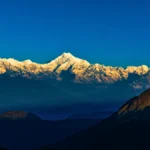
Mangan is one of Sikkim’s most significant and least inhabited towns. Not only is it the gateway to North Sikkim, but it is also becoming a popular tourist destination due to the beautiful views of the Kanchenjunga range.
Which district is Mangan?

Mangan is the capital of North Sikkim and is around 65 kilometers from the state capital, Gangtok. It is the biggest of Sikkim’s four districts. The district headquarters is about 2,000 feet (610 meters) above sea level. The area of the North district is 4,226 km2.
Where is Mangan from?
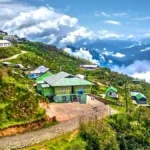
Mangan is a town in central Sikkim state, northeastern India. It is located in a rocky valley on the east bank of the Tista River, approximately south of where it meets the Talung River. Mangan is a commercial center located on the North Sikkim Highway. It has a hospital, a rest house, and a small hydroelectric power plant.
How high is Mangan from sea level?
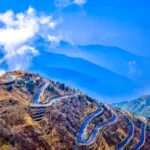
The majority of the state’s population lives at Mangan, the district capital, which is about 2,000 feet (610 meters) above sea level. The vegetation transitions from temperate to alpine to tundra as the height rises more north.

